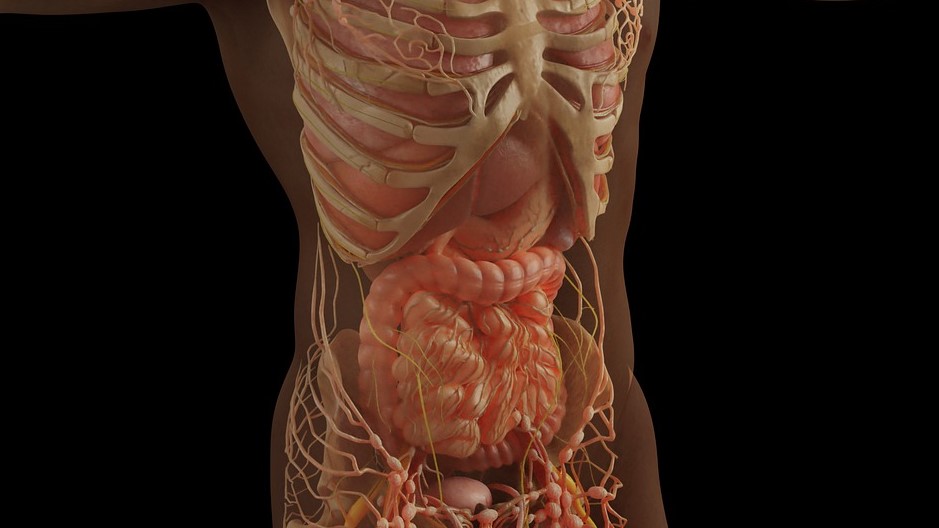Atopic Dermatitis Increases Risk of New-onset IBD

Adults with atopic dermatitis (AD) have a 34% increased risk of developing new-onset inflammatory bowel disease (IBD) compared to those without the skin condition, according to a new recently published in JAMA Dermatology. The study also shows for children, the risk increase is 44%. Additionally, as the severity of AD increased, the risk of developing IBD rose.
These findings clear up ambiguity from previous research, especially among populations of children and between the different types of IBD: ulcerative colitis and Crohn’s disease. While IBD is located in the gut and AD affects the skin, both diseases are driven by the immune system and are categorised by severe inflammation. Insight offered from this study from the Perelman School of Medicine at the University of Pennsylvania could lead to new treatments for both IBD and AD.
“It is imperative for clinicians to understand atopic dermatitis and the trajectory of our patients with it in order to provide the best standard of care,” said senior author Joel M Gelfand, MD, dermatology professor at Penn. “There are new and better treatments for AD today, and there will likely continue to be more. But providers have to understand how those treatments could impact other autoimmune diseases. For patients with AD and another autoimmune disease, some currently available medications can exacerbate symptoms of their other disease or can help treat two immune diseases at the same time.”
While this is not the first study to explore AD and IBD, its size, with one million adult and child participants with AD drawn from a UK medical database, and its separation between ulcerative colitis and Crohn’s disease advances previous research.
When looking at ulcerative colitis and Crohn’s disease separately, AD was not linked to higher ulcerative colitis in children unless the kids had severe AD. Children with AD, however, had a 54–97% increased relative risk of Crohn’s disease, and among children with severe AD, their risk was roughly five times higher. Results among adults were more straightforward. Adults with AD had a 32% increased relative risk of ulcerative colitis and a 36% increased relative risk of Crohn’s disease. Gelfand notes that the absolute extra risk of developing IBD in individuals with AD is still quite small, but the association is meaningful in better understanding health outcomes in AD. Moreover, since millions of people have AD, this small increase in risk spread among many people is likely important from a public health perspective.
Although Penn researchers did not look at the root cause of IBD linked to AD, they have strong hypotheses about the links.
“AD and IBD can cause changes in the microbiome, chronic inflammation, and the dysfunction in the skin and gut barrier respectively,” said Gelfand, who is also the director of the Center for Clinical Sciences in Dermatology at Penn. “There are also specific cytokines, certain kinds of proteins, that play a role in immune system activity and that seem to be related to AD and IBD. For example, we think dysfunction of types of T cells common to both AD and IBD, could be the culprits. Those need to be explored further to uncover both what’s happening at a microscopic level and what proteins or structures could be targeted to treat one or both conditions.”
As a leading expert on psoriasis, a disease known to be tied to IBD genetically, Gelfand is well aware of how closely skin health can affect other parts of the body. He and his colleagues are also studying AD’s relationship to infections, neurologic and psychiatric disorders, and cardiovascular disease.
“Investigating the relationship between skin diseases and other diseases doesn’t just offer new insight into how these diseases can affect a patient with both, but these studies are especially powerful because they also highlight unique characteristics of each disease and how they behave individually,” Gelfand shared.




